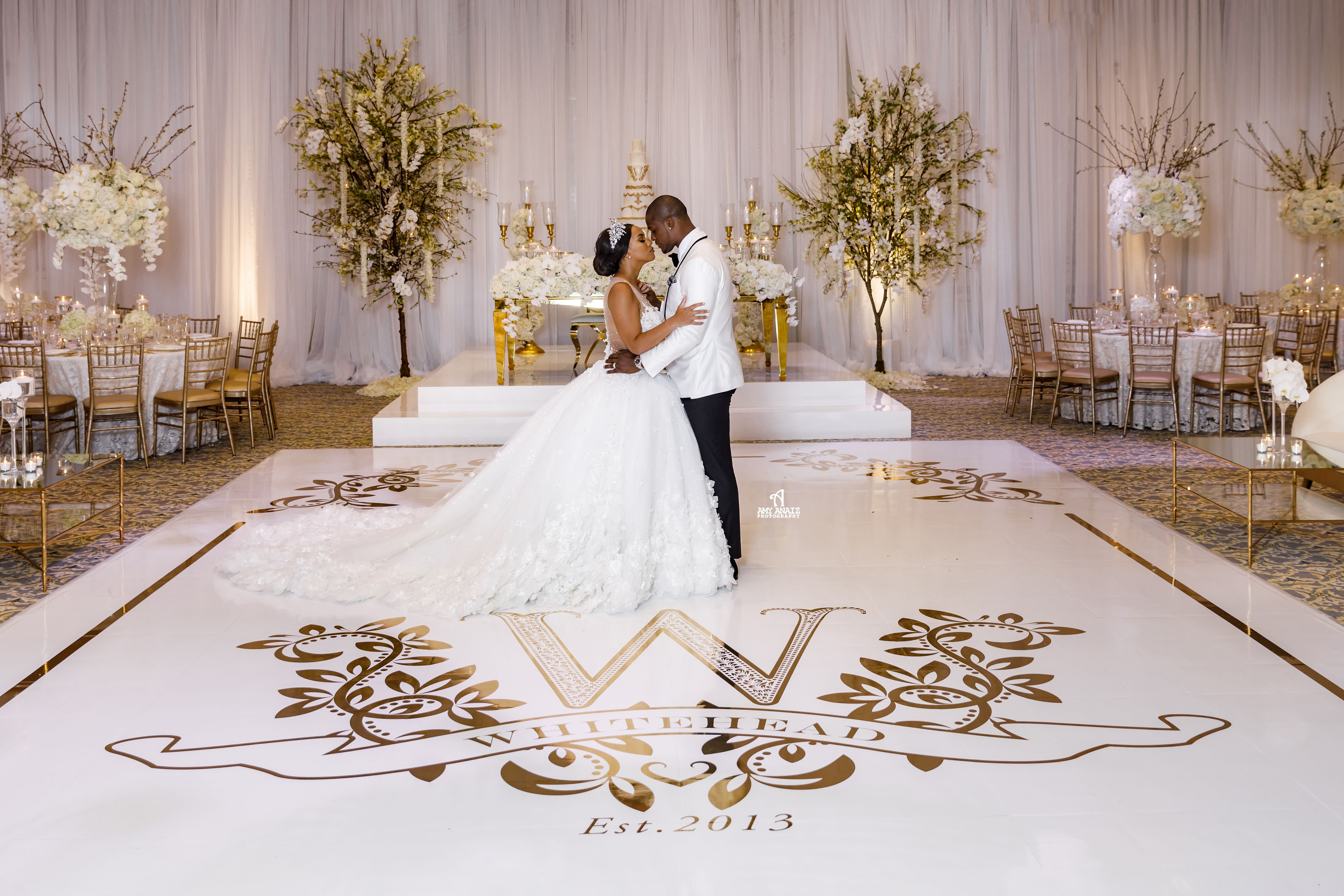
The primary hues are red, azure, and yellow. These hues cannot be created by blending different hues combined. Secondary hues, such as green, tangerine, and purple, are formed by combining primary hues. Tertiary colors are created by mixing a main hue with a secondary hue. Grasping these basic connections helps designers choose hues that enhance one another and create a aesthetically appealing show. Mixing these colors on an LED dance floor can lead to vibrant and exciting effects that attract the attention of dancers.
Hue temperature also holds a crucial part in aesthetics. Colors can be categorized as hot or chill. Warm colors, such as crimson, tangerine, and yellow, tend to elicit feelings of excitement and warmth. In opposition, chill colors like blue, emerald, and purple often generate a calm and tranquil environment. Designers can utilize these hue temperatures to establish the mood for various kinds of occasions. For example, a celebration environment may gain from warm hues that energize the crowd, while a more relaxed event might use chill hues to offer a calming effect.
In furthermore to hue combinations and temperature, luminosity and intensity are essential factors to consider. Brightness denotes to how bright or dark a hue looks, while intensity measures the vividness of a color. Bright, saturated hues can generate a vibrant and lively atmosphere, ideal for dance surfaces. On the other hand, softer, lower intense colors can create a further muted atmosphere. By adjusting dance floor rental for themed parties luminosity and saturation, creators can attract attention to specific sections of the dancing floor or establish sight routes, guiding dancers through the space.
Finally, it is crucial to consider the psychological impacts of hue in LED dance surface layouts. Different colors can elicit different feelings and responses. For example, red is frequently linked with passion and energy, Learn More while azure can be soothing and peaceful. Understanding these connections enables creators to strategically apply hues to influence the behavior of dancers. Through integrating color theory into light-emitting diode dancing floor designs, creators can improve the overall encounter, rendering it memorable and enjoyable for everyone participating.